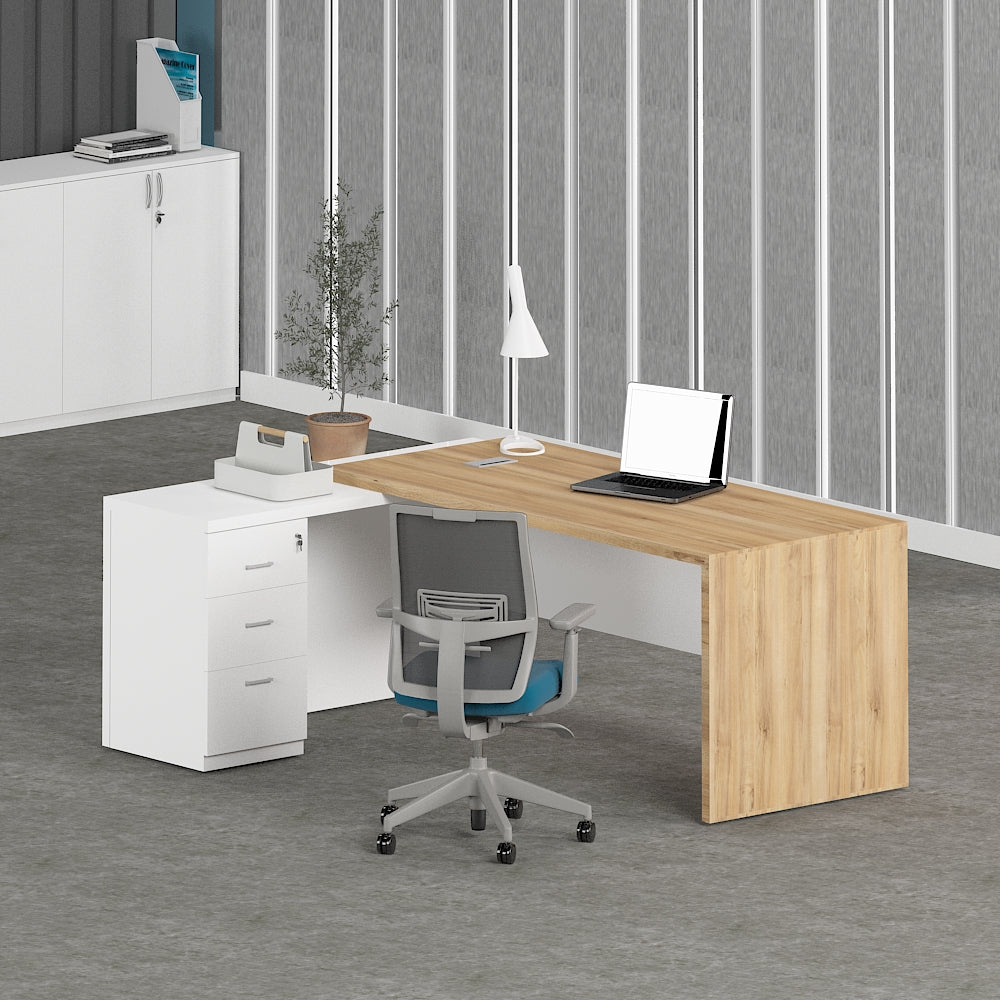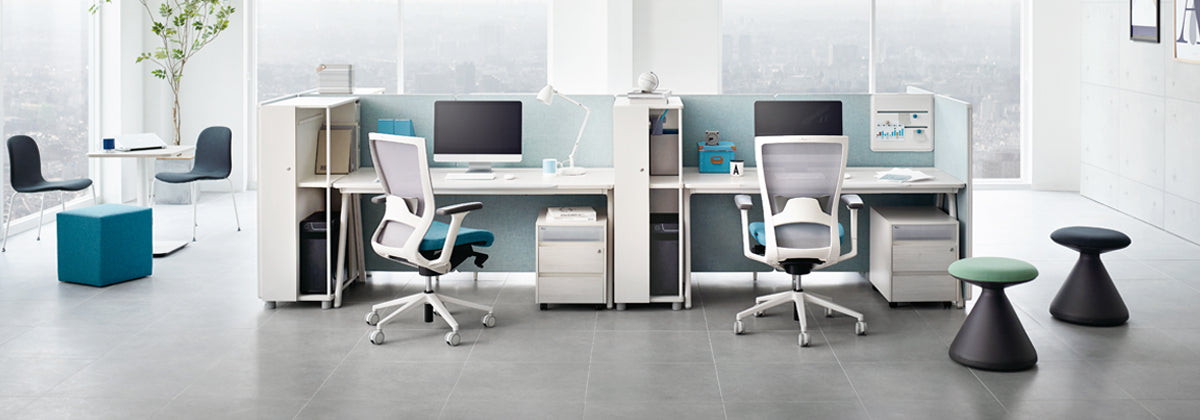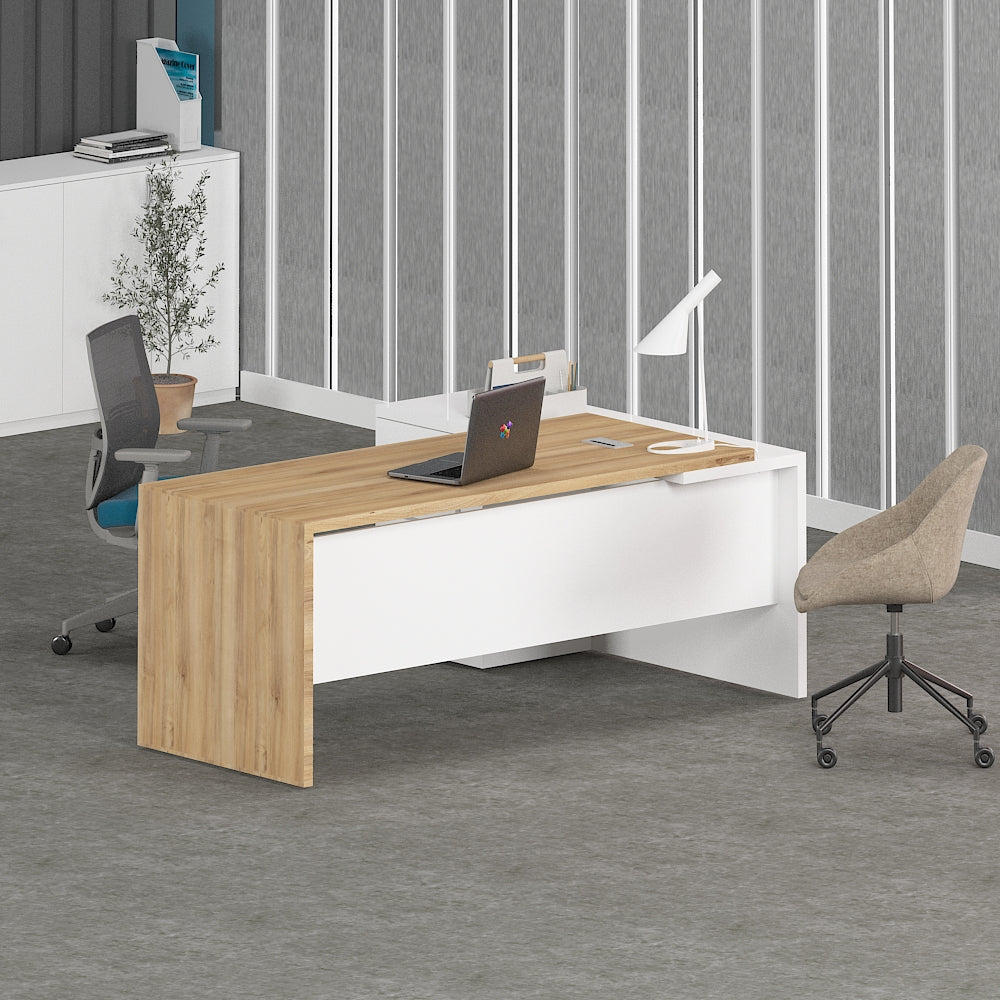The design of executive desks has progressed considerably over the seasons, showing shifts in workplace culture, technology, and design tastes. From executive office table with glass top of the historical period to modern simplicity-focused styles, each design iteration tells a narrative about the values and values of its period. As workplaces continue to evolve to changing demands and styles, the office leadership table has grown to be not just a useful object but a statement of business acumen and aesthetic quality.
In this exploration of executive desk designs, we will explore various aspects such as dimensions of executive desks, materials like timber and glass, and the rising demand for multifunctional designs. Additionally, we will examine price patterns in multiple areas, including Nigeria, West Africa, the Philippines, Kenya, and Pakistani territory, as well as well-known brands like Godrej. Whether executive desk office set are in search of an corner executive table or a entire office suite with add-ons, comprehending the development of these designs can aid you make an educated decision that boosts both the aesthetics and utility of your working area.
Historical Review of Managerial Desk Designs
The progression of managerial desk styles can be attributed to the grand wooden tables of the 18th and nineteenth centuries, which typically featured intricate carvings and luxurious finishes. These desks were not just functional but also acted as a status symbol, reflecting the wealth and power of the individual occupying the office. They were commonly large, robust, and made from solid hardwoods, showcasing durability and craftsmanship in a time when the industrial revolution was just beginning to impact furniture production.
As the twentieth century drew near, managerial desk designs began to evolve to accommodate modern office environments and changing work habits. The introduction of materials like metal and glass enabled sleeker, more minimalist designs that suited the tastes of a rapidly industrializing society. Desks became more functional, focusing on practicality while still providing an air of professionalism. Modular designs began to gain traction, enabling personalization based on individual needs, promoting flexibility in business settings.
In recent decades, the rise of technology and remote work has further transformed executive desk designs. Today’s desks frequently incorporate built-in cable management, adjustable heights, and integrated tech features, all promoting a dynamic work environment. Additionally, ergonomic considerations have turned into paramount, with many designs offering specialized configurations such as L-shaped desks or standing options. This evolution reflects a shift towards creating more efficient, comfortable, and aesthetically pleasing office settings that meet the diverse needs of modern executives.
Common Resources and Styles
The selection of resources for corporate office tables has greatly progressed over the decades. Classic wood still is a preferred choice due to its longevity and ageless charisma. Multiple wood types, such as oak, walnut, and mahogany, provide various finishes and grains, contributing charm to office environments. In modern styles, engineered wood and veneer have gathered traction for their cost-effectiveness and functionality, delivering a refined look while being simple to upkeep.
Metal has appeared as a potent competitor in current executive table designs, often used in pairing with wood or glass. Iron and aluminum frames are popular for their strength and sleek design, matching well in simple and factory-inspired offices. The integration of glass panels adds sophistication and a feeling of transparency, permitting better brightness movement in the workspace while maintaining an stylish appearance.
Styles of executive furniture fluctuate significantly, ranging from classic styles that feature intricate details and rich textures to contemporary styles noted by sharp lines and a more subtle appearance. L-shaped and U-shaped formats are also favored for their roominess, catering those who require additional space for collaboration and work. As styles keep to change, the fusion of various materials and designs creates endless opportunities for designing practical yet stylish executive environments.
Cost Trends and Market Analysis
In the last few years, the pricing of executive office tables has exhibited notable variability affected by elements such as material, design complexity, and brand reputation. For example, wooden executive tables are favored due to their timeless aesthetic and durability, often commanding prices that reflect the quality of craftsmanship. In markets like Nigeria's marketplace, the price range for an executive office table can vary significantly, making it important for buyers to understand the local market conditions when making a purchase.
The rise of modern design styles has led to the adoption of new materials like glass and metal, transforming the pricing landscape. Executive office tables with glass tops are often priced at a higher price point due to the perceived upscale appearance and modern appeal they offer. In comparison, traditional wooden tables may offer a range of prices based on size and design elements, including those from renowned brands like well-known brands such as Godrej, which maintain a strong presence in the market.
As preferences evolve, market data suggest an growing demand for versatile executive office tables, particularly those that incorporate features such as storage solutions and adjustable features. This shift has encouraged manufacturers to create, offering a wider range of products at competitive prices. In regions like the Philippine market and Kenya, understanding the local requirements and accessory choices can also play a key role in influencing the overall investment for an executive office setup.
Recent Trends in Executive Desk Designs
Contemporary executive desks are incorporating technology in fascinating ways. With the rise of telecommuting work and hybrid office models, desks are now being designed with built-in power outlets, USB ports, and wireless charging pads to meet the needs of the tech-savvy professional. Not only does this boost productivity, but it also streamlines the workspace, eliminating the clutter of traditional wiring. These innovations create a smooth connection between work and technology, making it easier for executives to manage their tasks productively.
Eco-friendliness is another important focus in the evolution of executive desk designs. Manufacturers are increasingly using green materials and processes in their production, from reclaimed wood to low-VOC finishes. This trend not only caters to environmentally conscious consumers but also aligns with the broader movement towards corporate sustainability. As executive desk office acknowledge the importance of their environmental impact, the demand for furniture that shows these values continues to grow, resulting in chic and sustainable office solutions.

Ergonomics is a key theme in contemporary executive desks, with many designs focusing on the health and well-being of users. Adjustable desks that allow for both sitting and standing options are becoming standard in many workplaces. These desks promote improved posture, reduce fatigue, and enhance focus. Alongside new designs in shape and material, ergonomic considerations are transforming how executive offices are furnished, ensuring that spaces are not only attractive but also conducive of a healthy work environment.


